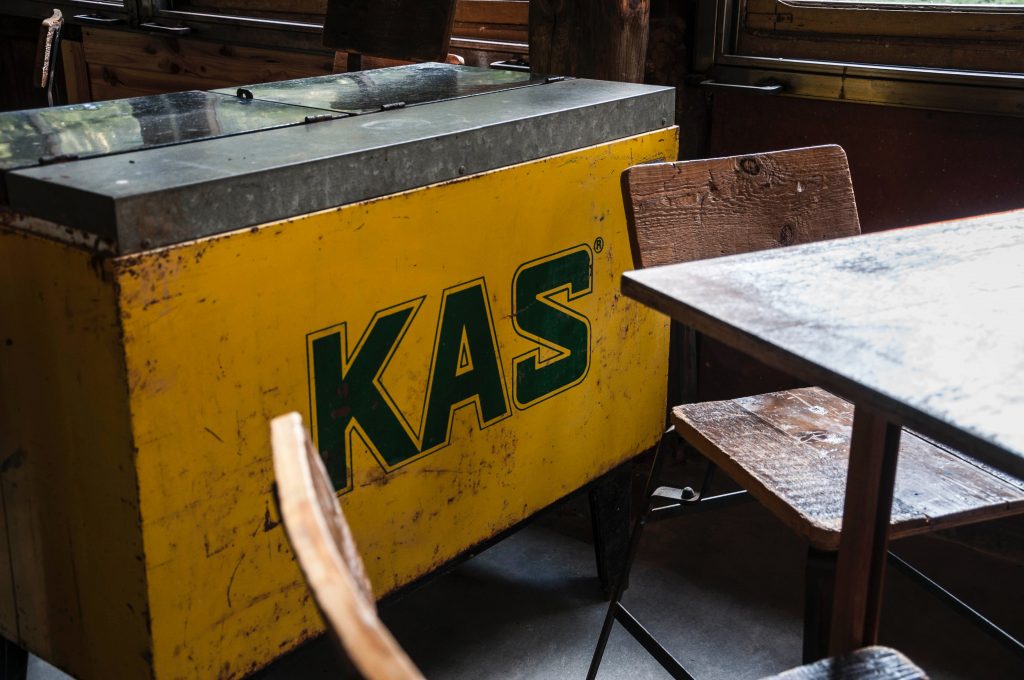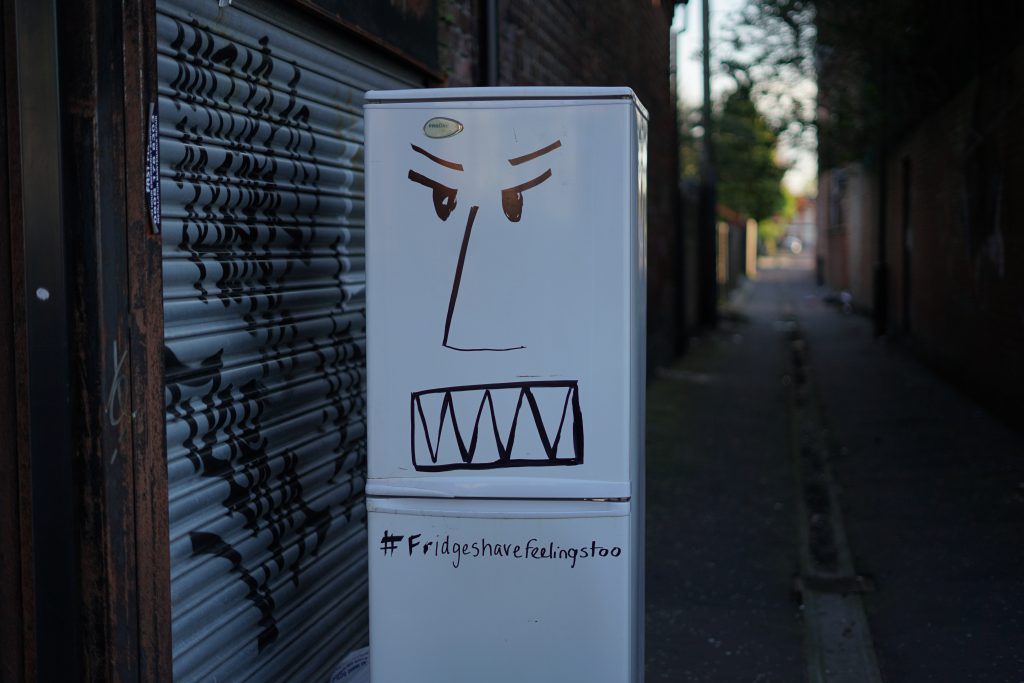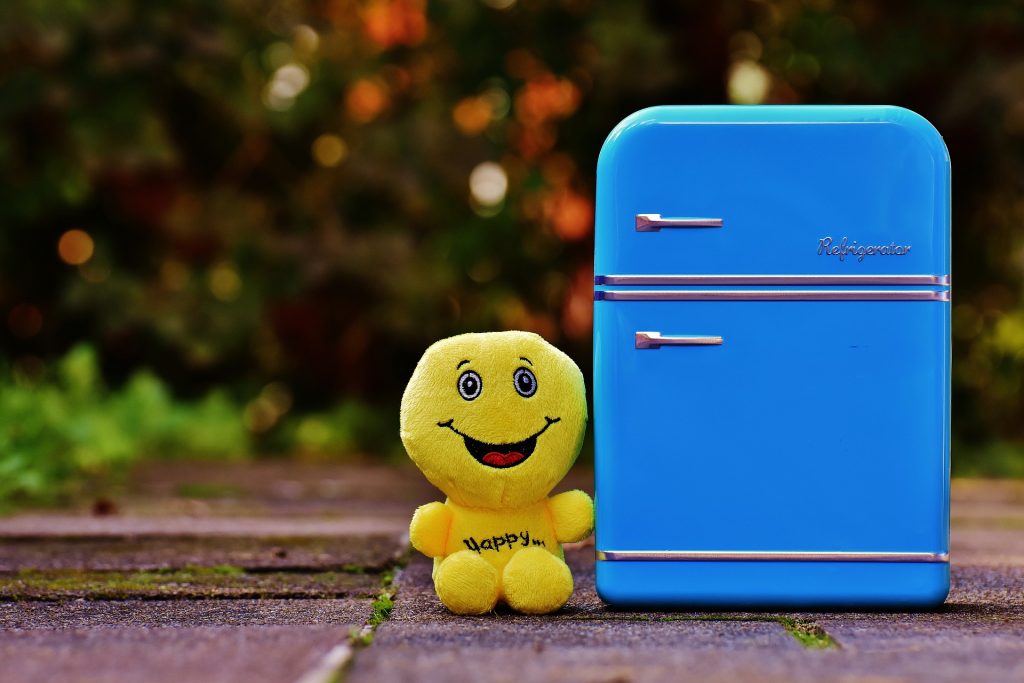When it's time to say goodbye to your old refrigerator, you may be wondering how to dispose of it properly. Fortunately, some states provide pickup services for old appliances, while others require you to bring them to a designated drop-off location. However, keep in mind that you may be charged by the state for this service. If you want to know how to dispose of a refrigerator, then keep reading. In this article, we'll go over the solutions in your state. We'll also discuss how Jiffy Junk, the best junk removal service available in the market today can help you dispose of a fridge. Let's dive in!How to Dispose of a Refrigerator in Your State
Many governments, like NYC, offer collection services for old appliances, but conditions may be strict. Check local refrigerator disposal laws for details.How to Get Rid of an Old Refrigerator with Government Appliance Collection Services
Some government programs offer rebates when you get rid of a refrigerator. However, you may have to pay to have it hauled only to receive a small rebate, like Wisconsin's Focus on Energy program's $35 offer.Rebates
Some states offer curb-side pickup to dispose of refrigerators, but there may be requirements you need to meet. For instance, New York City provides free curbside removal, but only for appliances manufactured before 2012. This means that if your refrigerator uses newer refrigerants, you may not qualify for this service.Curb-Side Pickup
Identifying your refrigerant is crucial when removing freon from the fridge. The refrigerant type is often found on a label inside the refrigerator's door or on the back. Some top models have the information on the compressor or in the user manual.How to Identify Your Refrigerant
It depends on your state law. Some states allow small refrigerators to be disposed of in the trash, while others require proper disposal of refrigerants. Check with your local waste management or recycling center for guidelines on how to dispose of refrigerators properly.Can You Throw a Mini Fridge in the Dumpster?
The Residential Appliance Rebate (RAD) program is an excellent resource for finding energy-efficient and environmentally friendly appliances. However, the program does not cover refrigerator removal or disposal of refrigerators. Currently, no waste removal service provider is listed for any state. Check with your local waste management or recycling center for proper ways to dispose of refrigerators. RAD Program
How to Get Rid of an Old Fridge with Jiffy Junk
If you're wondering what to do with an old refrigerator, Jiffy Junk can help you get rid of your fridge. The first step is to schedule a bulk pick-up. You can do this by visiting our website, emailing or calling them. We'll provide you with a quote for the service. Jiffy Junk offers same-day and next-day pick-up options for your convenience. We'll then send our team to your location to remove the fridge and dispose of it in an eco-friendly way. You can trust Jiffy Junk to get rid of a fridge responsibly.Schedule a Bulk Pick-Up
Before removing freon from the fridge, you'll need to clean out the contents. Make sure that there are no old containers or food inside. This will help you to safely and securely transport your fridge. Keep in mind that preparing the fridge for donation versus recycling will differ. Many people find themselves asking: Older refrigerators contain which freon? Upon searching, they find R-22 freon, which is harmful to the environment. It should only be handled by a Section 608 certified professional. Don't try to remove the freon yourself. We'll handle the safe and legal disposal of the fridge for you.Clean Out the Fridge
If you're looking to dispose of refrigerators, recycling them is a great option. You don't need to scrub the fridge before recycling it, as our team will be dismantling it and recycling different parts to different sanitation departments. If your fridge smells bad, that's okay, but we always appreciate coming into contact with clean appliances. Recycling your old fridge is an excellent way to reduce waste and protect our planet.To Recycle
Another great solution to dispose of refrigerators that have been maintained fairly well, is by donating it to a family or charity organization in need can be a great option. However, we can't donate a dirty fridge. Please take the time to care for the fridge before we arrive so we can prioritize donation as our #1 option. Donating your old fridge is an excellent way to help others and reduce waste. Allow Jiffy Junk to help you get your old fridge to a family or charity in need.To Donate
You don't need to take them out to the curb. When you hire Jiffy Junk to get rid of fridges, we'll haul it out from where it currently sits in your home. Our team is expertly trained to avoid any dings in your walls, and we'll even take it out of the basement. You can trust us to handle the removal with care and professionalism. Leave it to Jiffy

What to Do With an Old Refrigerator? Other Options
Another way to get rid of a fridge is by selling it, if it's in working condition. Clean it out well, check what others are selling similar models for, and start high. Allow potential buyers to bargain. Selling your old fridge is an excellent way to reduce waste and get some extra cash. Just be sure to clean it before listing for sale.Sell
Recycling a fridge on your own can be complicated and dangerous, so it's best to leave it to the experts. If attempting this on your own, you'll need to take the doors off the refrigerator before recycling it. There are many places to recycle refrigerators, including local recycling centers and scrap metal yards. Jiffy Junk knows where to recycle refrigerators. Our pros will ensure that every recyclable part of your fridge ends up at the correct center. Check out our tips for appliance recycling hereRecycle
When looking to donate a refrigerator, consider charities like the Salvation Army, Goodwill, or Habitat for Humanity Restore. You can also get rid of old refrigerators by posting it online on platforms like Craigslist and Facebook. Be sure to clean the fridge and give all necessary information and photos. Some community centers or shelters may also accept donations of refrigerators. Check the donation policies and requirements before donating. Read more on who will pick up old appliances for free.Donate
Looking to upgrade your fridge? Consider trading in your old one! There are retailers and manufacturers that offer trade in refrigerator programs. Start by researching programs and evaluating your old fridge. Then, choose a new refrigerator and bring in your old one to purchase a new fridge.Trade in
Another alternative solution to donate a refrigerator, is to consider gifting it to a family member or friend. You can ask around your loved ones and see if they'd be willing to have someone pick it up for them. Just be sure to clean it before sending it off to its new home. It's a great way to help someone out while also getting rid of your old fridge. Remember to properly dispose of any parts that can't be reused, such as the refrigerant. Gift

When looking for ways to dispose of refrigerators, safe transportation is important. Here are some things you need to be aware of:How to Safely Transport a Refrigerator
Before transporting a refrigerator, secure the inner shelves by either taping them down or removing them completely. Make sure the fridge is empty and turned off for at least 24 hours before the move to allow it to cool down and prevent damage. Being prepared is key to a safe and successful move.1. Secure Inner Shelves + Prepare for the Move
One of the best ways to secure the door is to take the doors off refrigerators. If that's not possible, tape it securely shut to prevent it from swinging open unexpectedly and causing damage.2. Secure the Door
When transporting a refrigerator, it's vital to leave it in a standing position. Avoid laying it on its side, as this could lead to clogged cooling lines. This could lead to costly repairs. Keep it upright and safe during transport.3. Leave it in a standing position
For safe refrigerator transport, secure it tightly to your vehicle. Wrap it in bubble wrap or a blanket to absorb any shock during transport. Make sure it's secured to prevent it from dropping if you hit unexpected speed bumps.4. Secure to Your Vehicle
Once you arrive at your destination, resist the urge to plug it in right away. Instead, leave it standing in an upright position for at least four hours, and preferably up to 24 hours. The longer you wait, the less likely you are to damage the fridge, so be patient and let it settle. 5. Do Not Plug In Right Away

Jiffy Junk knows how to get rid of old refrigerators. We understand that transporting a refrigerator can be a hassle. That's why we're here to help. Not only do we ensure safe removal of your old fridge, but we follow all refrigerator disposal laws and can even donate a refrigerator that's still in good condition. The best part? We do all the work, making the process a seamless transition. Book a free quote with us today or check out our appliance removal service and any other junk removal needs.We're Here to Help
Remember, the most important key to fridge disposal is preparation. First, remove everything from the fridge and unplug it. Next, remove any shelves or drawers and tape them down or remove them completely. Secure the door and transport the fridge upright to prevent damage. Finally, consider contacting a professional junk removal service like Jiffy Junk. We know how to get rid of a fridge. Allow us to navigate the process and dispose of your fridge responsibly. Rely on us for all your junk removal needs.Prepare for the Disposal of Refrigerator
Robust Service
Interested in Getting Started?
Have a big cleanout job that needs to be done right away? Contact us today. We'll get rid of your junk in a jiffy!
Fast & Reliable
What Our Customers Are Saying
Thousands of satisfied customers across America have shared their Jiffy Junk Experience.

